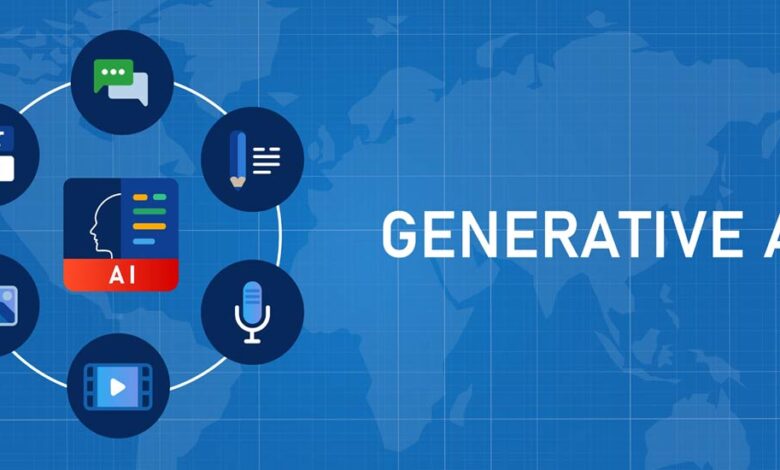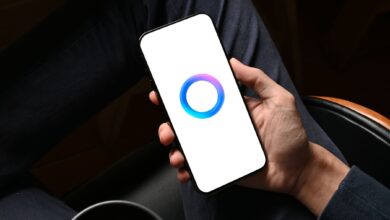Improvements in Contextual Intelligence and Generative AI will Help Creative Personalization Reach its Full Potential

In the midst of ongoing debates about data privacy, digital advertising is undergoing a significant transformation. As the industry contends with the diminishing availability of pivotal signals like Mobile Ad IDs (MAIDs) and third-party browser cookies, the role of creative personalization has taken center stage. Creative is the next frontier in advertising efficiency.
Recent breakthroughs in artificial intelligence (AI) coincide perfectly with this shift, propelling creative technology to a pivotal juncture. Thanks to advancements in large language models and computer vision, our grasp of content context has deepened. Parallel to this, generative AI is spearheading a transformative era in content creation. A survey conducted by McKinsey & Company revealed that around 30% of companies in the creative sector are already incorporating AI into their content creation process. According to a report by Gartner, by 2025, AI-generated content is expected to make up 20% of all business content. Together, these advancements amplify the potential of ad tech for creative personalization precisely when marketers need it the most.
The triad: How AI is reshaping creative personalization
There are three principal ways that AI is impacting creative ad tech.
- Enhanced contextual understanding: Thanks to the proliferation of large language models, the ability to discern the context from the content on web pages has improved dramatically. These models can extract refined signals from the page content, providing a more nuanced and detailed understanding than before. Whereas contextual was a fancy word for keyword targeting beforehand, today contextual can understand the meaning of entire sentences, paragraphs, and articles. This enhanced contextual understanding translates into more accurate targeting, ensuring ads are served in the most relevant environments, increasing their efficacy. Campaigns that were previously guided by keyword searches can now optimize against a fuller semantic understanding of the meaning of entire paragraphs as well as images and video.
- Sophisticated signal interpretation: AI’s deep learning capabilities enable it to comprehend the vast array of signals derived from content. By understanding the relation of these signals to various creative concepts, the optimization engine can make better decisions. This means that not only is the ad placement more precise but the creative itself is tailored to resonate more deeply with the target audience. Whereas beforehand, A/B tests showed what creative worked and what did not, advertisers can now respond to what aspects of their creative work – the concept, the tone, the color, the composition.
- Generative AI in creative adaptation: The advent of generative AI has revolutionized the creative personalization. In the past, ad tech tools might have modified existing creatives in smaller ways, arranging different elements to better reflect the context. With generative AI, it’s feasible to produce entirely new creative assets from scratch specifically designed in real-time to cater to these signals. This results in an unprecedented level of personalization and relevance in the advertising space. Whereas creative adaptations were limited before to a smaller range of variables, generative AI makes it possible to change fundamental aspects of the creative in a fraction of a second.
The deepened comprehension of content provides a richer and more nuanced set of signals to guide the optimization of creative. A profound understanding of user intent and interest, derived from the contextual intelligence, becomes the guiding light for creative personalization. This guidance ensures that the generated or adapted creatives are perfectly aligned with both the context of the page and the interests of the person.
Perfect timing
The implications for advertising are profound. Advertising stands at a transformative juncture. Once, creative was the focal point of the advertising discipline. However the rise of programmatic media shifted focus towards data-centric media planning and audience targeting, relegating creative to the backseat. This distribution-centric approach sidelined burgeoning creative technologies, even as these technologies rapidly advanced. But now, as traditional pillars of digital advertising, like cookies and MAIDs fade, and as walled gardens fragment media accessibility, media distribution’s edge is blunting. This backdrop sets the stage for why ad tech for creative personalization is reaching its tipping point at the exact right time.
A new definition of “right message”
The advancements in contextual intelligence and Generative AI are not just improving creative personalization; they are redefining advertising as we know it. The age-old tenet of ‘right time, right person, right message’ now seems dated against AI-powered real-time creative optimization. It’s no longer merely about the delivery of a particular message at a given time; it’s about a paradigm that continually adapts the message, ensuring harmony with both its recipient and surroundings at all times.
About the Author
As Chief Operating Officer at Flashtalking and Mediaocean, Ben Kartzman brings over two decades of industry knowledge and leadership experience to the team. Kartzman served as COO of Flashtalking prior to the Mediaocean acquisition in 2021, where he helped grow the company from dynamic creative optimization (DCO) to becoming the leading global independent ad server. Kartzman joined Flashtalking in 2018 as part of a merger with Spongecell, where he was CEO and co-founder, leading the company’s evolution from a respected rich media provider to a market-leading dynamic creative platform trusted by sophisticated brands and agencies alike. He graduated with honors from Carnegie Mellon with a dual BS in Human Computer Interaction and Information & Decision Systems.
Sign up for the free insideBIGDATA newsletter.
Join us on Twitter: https://twitter.com/InsideBigData1
Join us on LinkedIn: https://www.linkedin.com/company/insidebigdata/
Join us on Facebook: https://www.facebook.com/insideBIGDATANOW


